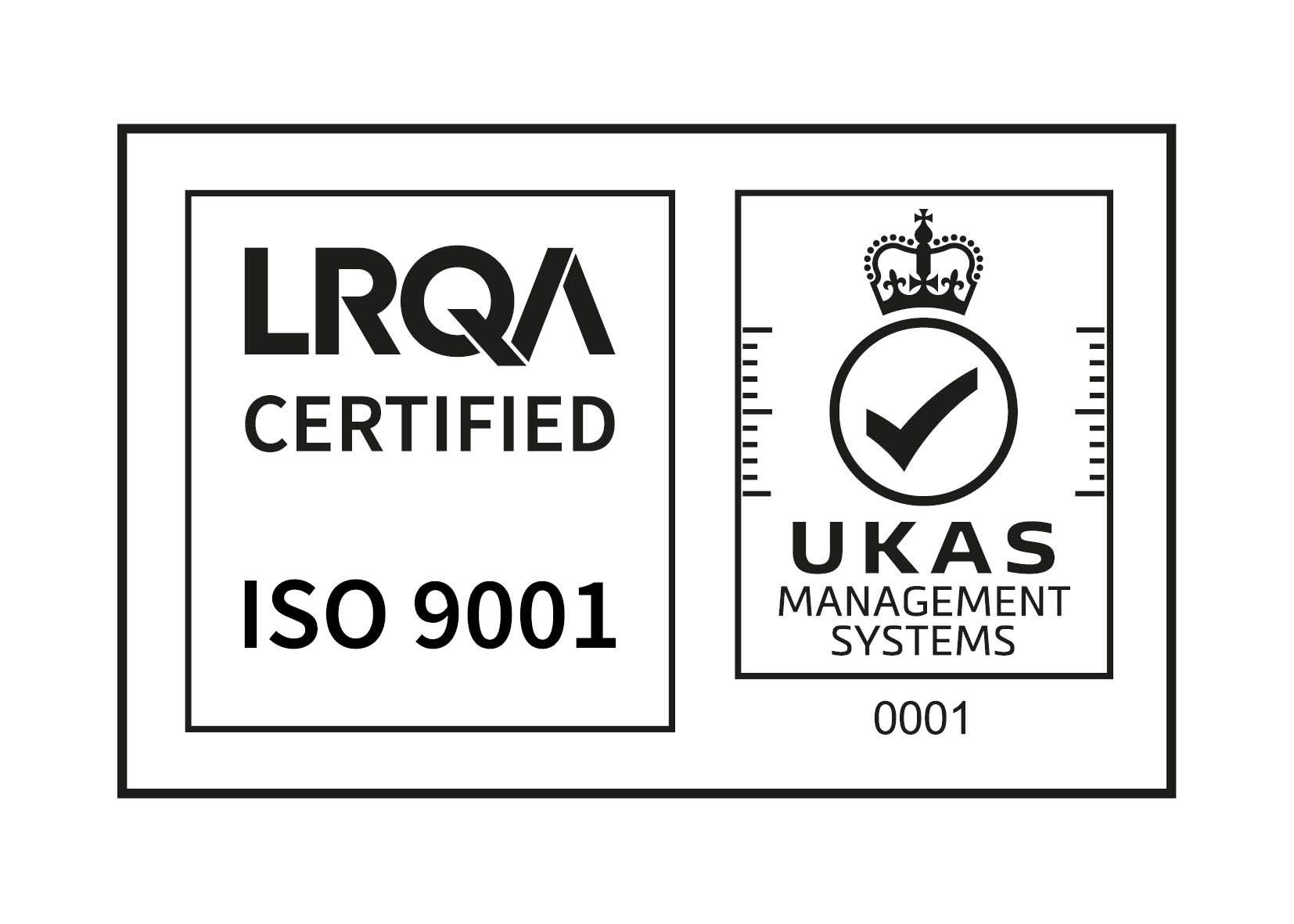Training your team vs. hiring an expert: Which is the best option for piping challenges and design?

Training your team vs. hiring an expert: Which is the best option for piping challenges and design?
Date: 28th September 2023
“Should I outsource this or is there someone internally we can train up?”
It's a question most project managers have asked themselves, especially on projects with a large team behind you. Sure, factors like…
- What's the project's budget?
- How long do you have to get this stage of the project done (i.e. are you planning this ahead of time or is it a last minute problem that needs solving)?
- Who’s available to do the work?
… will always play a role in which option you choose. But, when you’re working on a large site like a chemical, energy or power plant, relying on these factors alone won't always give you a clear answer or direction. So what are the pros and cons of training up your team vs. bringing in the experts? And what other key considerations should you be taking into account?
The Pros & Cons of Training Your Internal Engineers in Piping Design
Every skilled engineer and project manager recognizes the value of enhancing their internal team's capabilities. While shadowing experienced team members and self-training in equipment and software are valuable, relying solely on these methods can limit your team's skills pool.
One of the major advantages of training is its cost-effectiveness compared to hiring an expert. Various training options, from online courses to in-person workshops, make it easy to find a solution that aligns with your schedule and budget. However, training does have its drawbacks. Firstly, it can be time-consuming, especially if you're working full-time. Secondly, it may not be as effective as hiring an expert, particularly when delving into unfamiliar topics.
The Pros & Cons of Outsourcing to a Piping Design Engineer
While upskilling your internal team is a valuable approach, sometimes bringing in an external expert can be a more practical solution for some engineering projects.
Bringing in an expert offers several notable benefits. First and foremost, it provides access to a high level of expertise right from the start. Experts bring specialised knowledge and experience that could potentially take years for people who are new to the field to learn. They can tackle complex tasks with precision, reducing the risk of errors and ensuring a successful outcome. Experienced professionals are also more used to the intricacies of their field, which often translates into quicker problem-solving and efficient project management. This can be particularly beneficial for time-sensitive projects.
However, there are some drawbacks to consider when opting for external expertise. One significant concern is cost. Hiring an expert, especially one with a strong track record, can be expensive. This cost may outweigh the benefits if the project is relatively straightforward and can be handled by an internal team with the right training. Also, your chosen experts may not always be readily available, and their schedules may not align with your project timeline which can create delays or require adjustments to your project plan.
Key Considerations…
There’s rarely a right or a wrong answer when trying to decide between bringing in an expert or training your team. But, there are some key considerations that will point you in the right direction and make you feel confident in the route you choose. Here are some factors to keep in mind:
- Its Relevance to the Role: How relevant will this training be to your team's daily or monthly responsibilities? It's most cost-effective when the skills learned are consistently applied within the business, such as advanced software usage directly relevant to their job roles. However, if the skill is needed for a one-time task like software setup and maintenance, then it may be more cost effective to bring in an expert to set you off on the right footing.
- Importance of Accuracy: Assess whether the task requires precise execution from the outset. Training can be an effective way to ensure accuracy, but it depends on the specific circumstances. Do you need it to be right the first time around? Do you have the wiggle room if something were to not go as expected? Some projects just don’t have the time, budget or flexibility to be used as a potential training exercise. There will always be opportunities down the road, but if you need a job done right, then outsourcing the tasks to an experienced expert is how you’ll most likely achieve it.
- Staff Turnover: Evaluate your organisation's staff turnover rate. High turnover due to limited growth opportunities may make upskilling your team an appealing option. However, there's a risk that invested time and resources may go to waste if employees leave shortly after training, taking their acquired skills with them.
- Selecting Participants: Be strategic about who you send for training. Avoid the common mistake of sending everyone or the entire team for training simply because it "would be good to know." Tailor training opportunities to employees' experience levels and job requirements. Sending a long-term employee who regularly uses specific software for an advanced training day can yield more benefits than sending an apprentice unfamiliar with the software.
By carefully considering these factors, you can make informed decisions about whether to invest in training your team or hiring an expert. If you’d like to talk more about your options though, get in touch - we’d be happy to talk through it with you.



We are a highly skilled design and project engineering consultancy, based in the North-West, with more than 20 years experience.

All Rights Reserved | O'Hare Engineering Design LTD. O'Hare Engineering Design LTD is a company limited by guarantee. Registered in England No. 10820380
